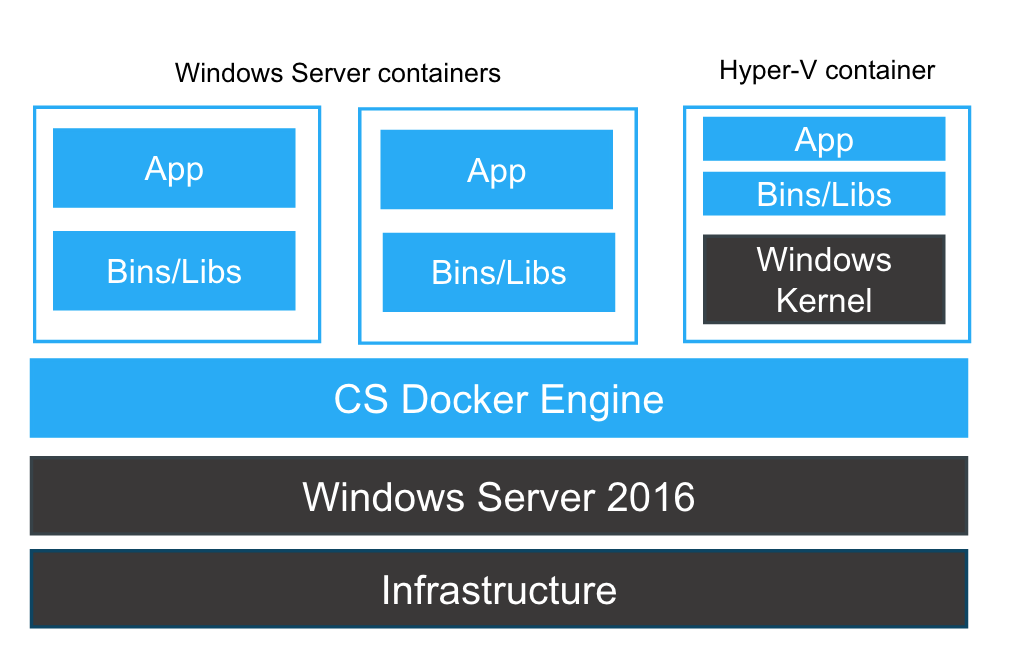Steve Singh Joins Docker’s Board of Directors
The whole team at Docker would like to welcome Steve Singh, CEO of Concur and Member of SAP’s Executive Board to the Docker family. Steve has accepted a role on Docker’s Board of Directors, bringing his deep experience in building world-class organizations to the Docker board. Steve leads the SAP Business Networks & Applications Group, which brings together teams from Ariba, Fieldglass, Concur, SAP Health, Business Data Network and SMP ERP groups. We had a chance to sit down with Steve to get his thoughts on his appointment to the Docker Board.
How and why did you initially become involved with Docker?
I was certainly aware of Docker. There were also a number of groups across SAP that were using Docker. When a member of the Docker board approached me about joining the company’s Board of Directors, I learned a fair bit more about the market opportunity Docker was pursuing and could easily see the importance of the Docker suite for corporate IT and ISV’s. I was also intrigued by the opportunity to support Ben and Solomon in building an enduring business.
What lead you to Joining the Board?
For me, there are two requirements when considering board roles. The first question I ask – is the company focused on a meaningful problem or opportunity? Docker is focused on giving every developer an opportunity to be independent of the infrastructure that their services are delivered upon. That&8217;s a huge opportunity across corporate IT and every ISV. When you think about how software is becoming the foundation for every industry, you can see the importance of Docker. The second factor is the nature of the founders. It is important to me to work with people with whom I have shared values. I like people that care deeply about their teammates, their community and the legacy that they will leave. Solomon and Ben were down to earth people that had a passion for their company and their team mates. As a founder of a business, I was impressed that Solomon was trying to solve a big problem and wasn’t daunted by obstacles. I was hopeful that as a board member, I could help accelerate the mission that Solomon and Ben were executing against.
As a founder of a high growth start-up yourself and then scaling it; how does that perspective guide how you view your board role?
If I look back at my own experience at Concur, I realized that the early board members were strong financial investors but that they didn’t have a lot of operational experience. I think that the role of the board should be to provide that experience and guidance. Our role is to help the team think through and define their strategy and to help attract, develop and retain incredible leadership talent.
SAP (Ariba), which is part of your business unit, is a Docker customer. Did that play a role in your decision to join the Docker board?
As it turns out, a number of businesses within SAP use Docker and the reviews I received from developers around the company were phenomenal. They loved the Docker product. I couldn’t find one part of the organization that had used Docker and didn’t love it. So while it didn&8217;t factor into my decision to join the board, it was certainly encouraging to see the high regard for Docker.
As a founder that has grown their organization from a startup to a company with several successful business units, are there lessons learned on how to continue and maintain that momentum?
Success is all about people &8211; both the quality of the individuals that are part of the team and perhaps more importantly, the culture that binds those individuals together. As your company gets larger, it is easy to lose your focus. It is easy for the “signal” to degrade from the founder to the newest person joining the team. Certainly part of that signal is the mission of the company, but the most important components of that signal, are the values that define the company and the people that you want at your company. If you can keep that signal strong as you grow, you have every chance to build an incredible company. Not just one that succeeds financially and from a market perspective, but one that is like a second family.
What do you believe is compelling and unique about Docker’s commercial opportunities?
The entire Docker product line has massive opportunity and the open source and the commercial solutions feed into each other. I believe the opportunity is measured in the tens of billions as the demand for Docker among software developers and IT is growing at an unbelievable rate. Docker enables software developers and IT to plug and play into any infrastructure, which gives them control and real economic benefit. In the long term, SAP and other global 2000 companies will have leverage in working with their cloud providers because Docker enables 100 percent portability. This ensures that organizations will be able to seek competitive offerings while avoiding lock-in.
As you look ahead in the next year &8211; what do you see as Docker’s priorities? What are the challenges? What do you see as the board’s challenges?
I see three main priorities for Docker in 2017. Ben and Solomon have to focus on recruiting to develop and bind together a great management team. It is not enough to recruit rock stars – companies need to develop teams that genuinely like working together. The mark of a successful team in one where colleagues form a friendship in a business environment. This reinforces their commitment as they really don’t want to let their peers down. Second, we need to make sure we continue to set the pace for our open source solutions and ensure that our commercial solution, Docker Datacenter (DDC), significantly exceeds customers&8217; expectations. Third, we need to crush our 2017 business metrics, which I believe we can.
Tell us a little bit about yourself – What do you enjoy doing when you are not in your role at Concur or fulfilling your board duties at Concur, CornerStone, OnDemand, etc.
I get a tremendous amount of joy from working with others. Through their own example, my parents taught me that the measure of life is improving the trajectory of humanity &8211; no matter how small or large that improvement is. For me, the best way to accomplish that is to help others. I strive to help my co-workers, friends, community and of course my family. When I am not working – I am with my wife and kids. We have an active family life and my wife and I like to participate in what are children are doing &8211; whether it is with our youngest who is into horseback riding or working with our son, who has started his own company, or visiting our oldest daughter, who is in her final year at college. Family, friends and community &8211; everything else is transient.
The post Steve Singh Joins Docker’s Board of Directors appeared first on Docker Blog.
Quelle: https://blog.docker.com/feed/







